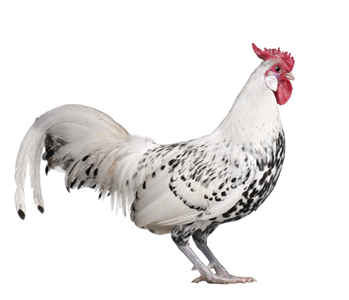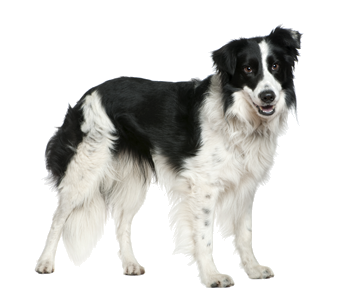Which one am I? (2)
0
Overview
Using this Resource
Connecting to the Curriculum
Working with Students
Further Resources
This task is about reading to find me.
I am one of these birds or animals.
Follow the clues on the next pages to find me.
Read the clue then look carefully at each photo. Choose 'Yes' if the sentence is true. Choose 'No' if the sentence is not true.
 |
 |
 |
Task administration:
This task can be completed online only and has auto marking displayed to students. Students can work independently or in pairs on this task.
Before students begin this task, a similar activity could be done orally with the whole class or a smaller group. Gather three or four pictures of things that belong in one category. The category could be related to an area of study or interest, for example, cars, flowers, animals, mammals, leaves. The teacher or a student selects one of the pictures to focus on, without letting the others in the group know. They ask yes/no questions that first apply to all the pictures and then narrow the focus of their questions to fewer and fewer pictures until there is only one obvious choice.
Ideally, this task would lead to a writing task where students write descriptions. See the Next steps section under the tab Working with Students.
While this task builds keyboard experience, especially in the use of drop-down lists, it is wise to teach keyboard skills separately from an activity that has a different learning focus. There are tutorials for learning keyboard skills, for example, http://www.bbc.co.uk/guides/z3c6tfr#z34thyc . To use this you need to have Flash installed. Be aware, however, that while the position of the letters on UK keyboards may be the same as our US keyboards, there may be some differences in the symbols used. It is important that students practise on the device they will be using as, for instance, there are differences between using ipads and laptops.
Copyright:
Images sourced from Dreamstime.
Level:
1
Curriculum info:
Key Competencies:
Keywords:
Description of task:
From visual stimuli and a series of simple statements that describe physical features, students identify which animal is being described.
Curriculum Links:
Links to the Literacy Learning Progressions for Reading
This resource helps to identify students’ ability to
- use comprehension strategies
as described in the Literacy Learning Progressions for Reading at: http://www.literacyprogressions.tki.org.nz/The-Structure-of-the-Progressions.
Learning Progression Frameworks
This resource can provide evidence of learning associated with within the Reading Learning Progressions Frameworks.
Read more about the Learning Progressions Frameworks.Diagnostic and formative information:
This resource was piloted and trialled with groups of Year 3/4 students.
About a half of these students had no trouble making connections between the written and the visual texts. They responded appropriately, identifying and keeping track of their cumulative evidence over the four screens of the resource.
However, a number of students did not respond appropriately in the first one or two screens but did so in the last two screens.
For a quarter of the students, the monitoring of their evidence broke down amongst the four screens when they did not make connections between their previous evidence and additional information on a new screen.
Next steps:
Making connections across text
For students who need to monitor their reading more closely, ensuring the evidence they gather across a text is consistent and accumulative, see these Level 2 progressive disclosure resources https://arbs.nzcer.org.nz/lookup/%22progressive%20disclosure%22/bank/english-1/strand/making-meaning-5/objective/reading-19/level/2 .
Ideally, this reading task would lead to a writing task where students write descriptions - either about themselves or a classmate. These could be put into a hat, read out, and the group identifies who is being described. To access resources that focus on the writing of descriptions at Level 1 and 2, go to https://arbs.nzcer.org.nz/lookup/description/bank/english-1/strand/creating-meaning-4/level/2/objective/writing-17 .
For similar resources, go to Which one am I? (1) and Which animal am I? .
See this information and associated resources on Progressive disclosure.

